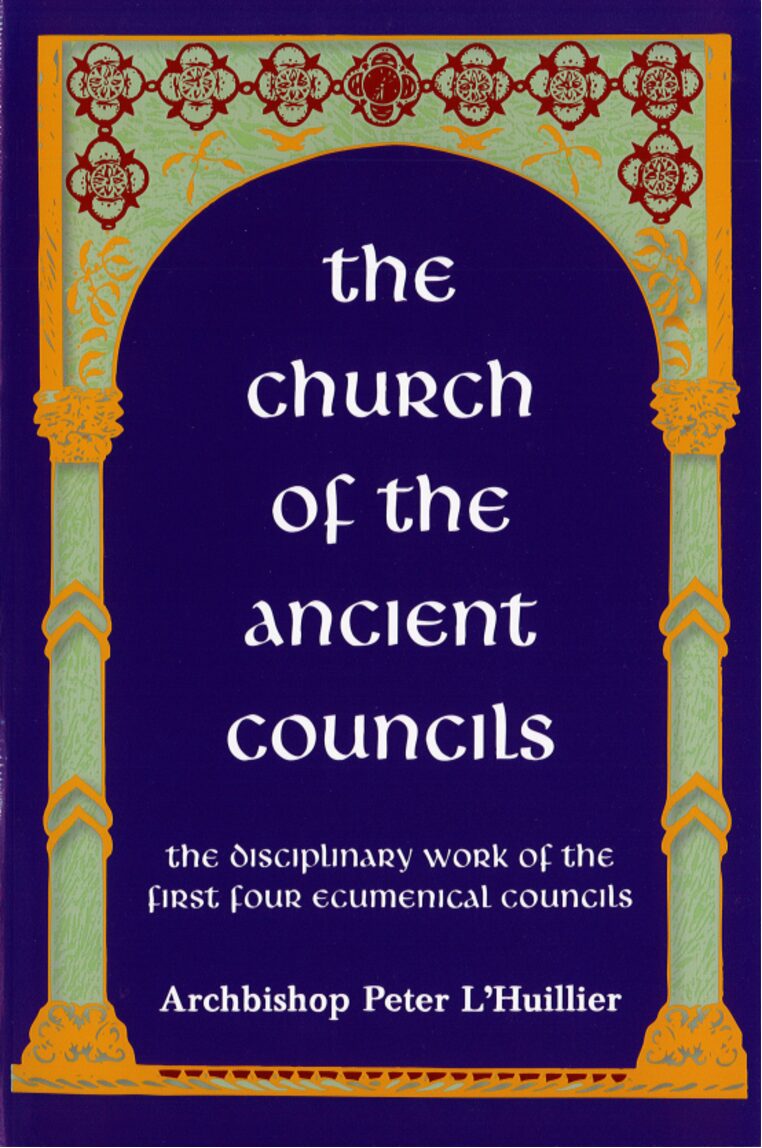The Church of the Ancient Councils
“Just as the four books of the holy gospel, so also I confess to receive and venerate four councils.”
With these words Pope St Gregory the Great of Rome (Ep. 1.24) expressed his respect for the authority of the four most ancient ecumenical councils: Nicaea (325AD), Constantinople (381), Ephesus (431) and Chalcedon (451). These councils not only defined Trinitarian and Christological dogma in terms which ever since have been regarded as normative by the major Christian confessions of East and West. They also laid down canons and disciplinary decrees which constitute a milestone in the history of church order, signaling as they do a shift from the multifarious customary law of earlier centuries to a written law universally applicable throughout the Church. But these ancient canons have more than merely historical interest.
Their continuing influence can still be felt in the modern codifications of the Roman Catholic Church and elsewhere among Western Christians. For the Orthodox East, however, their importance is even greater. Constituting the core of the corpus canonum common to all the Orthodox Churches, these canons remain the primary point of reference for their institutional life.
Given the great importance of these canons of the ancient ecumenical councils, what precisely do they say and mean? What was the intention of their authors, the fathers of those councils?
| Book Author | |
|---|---|
| Publisher |

